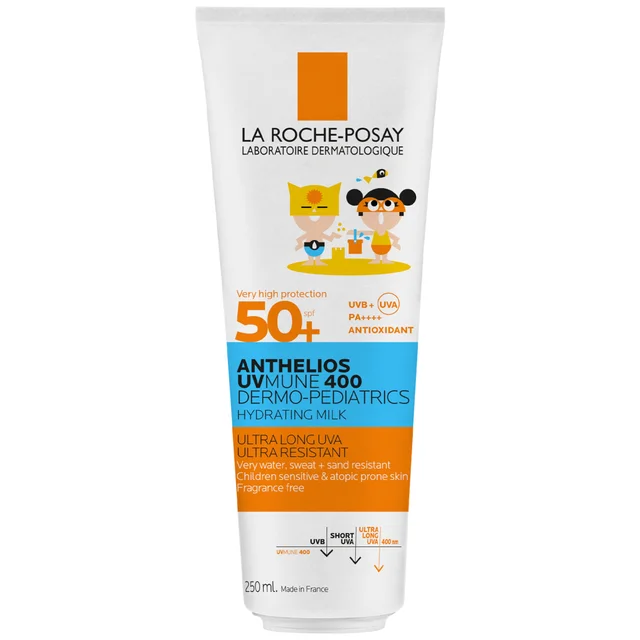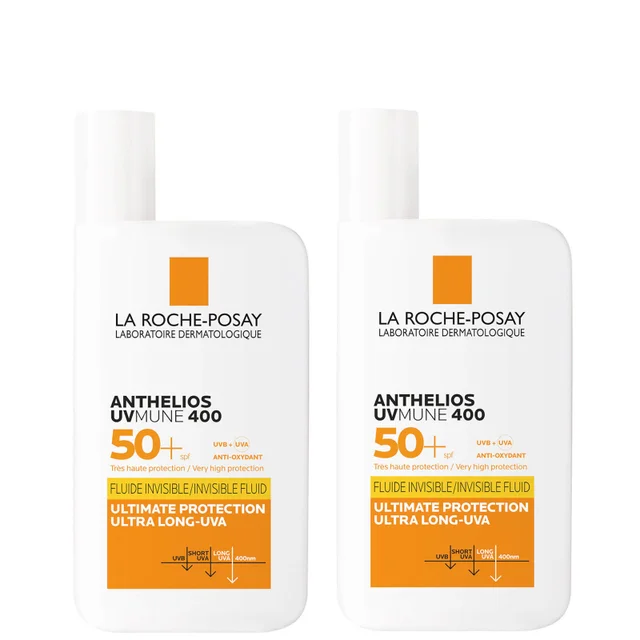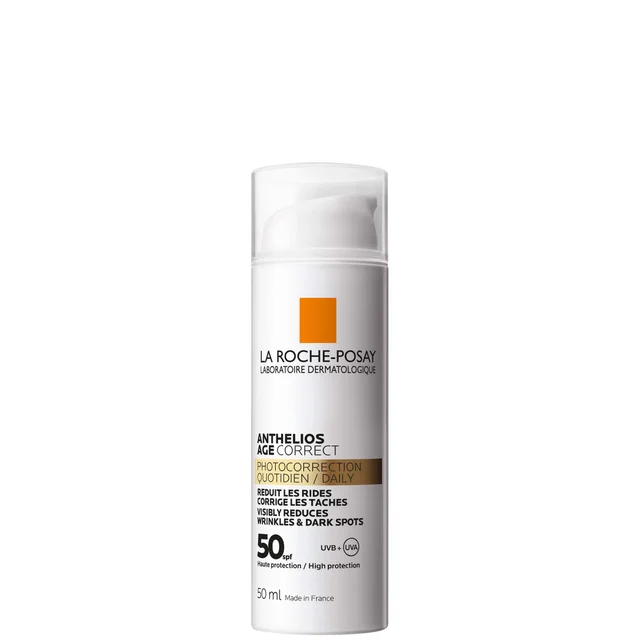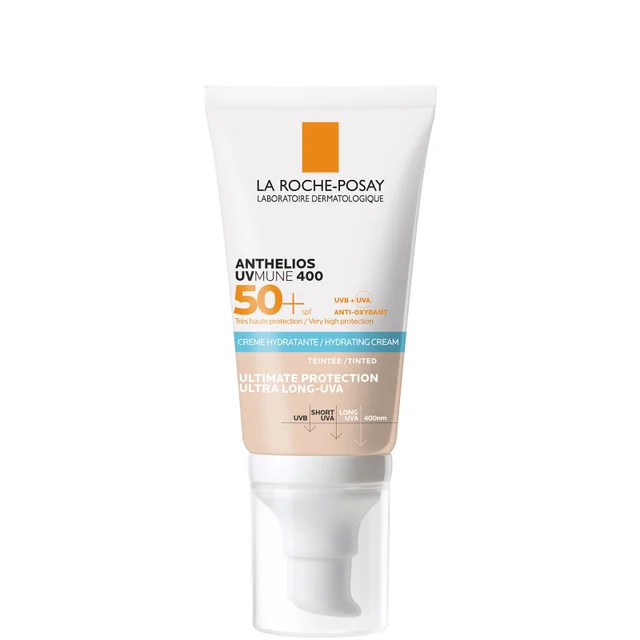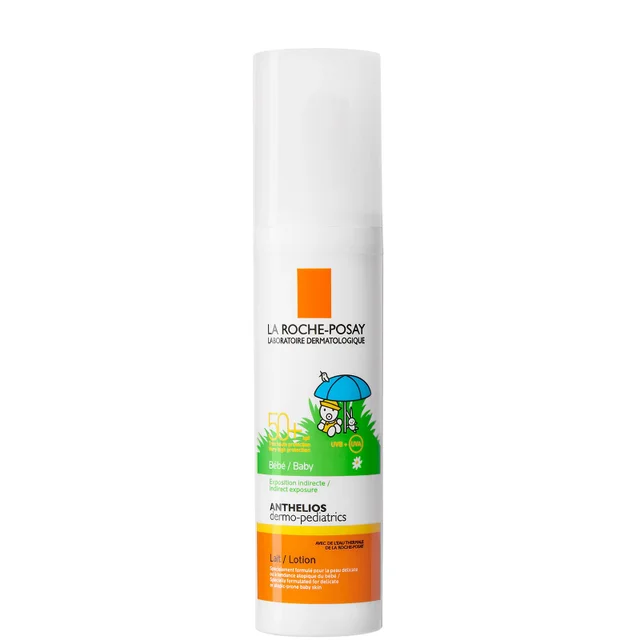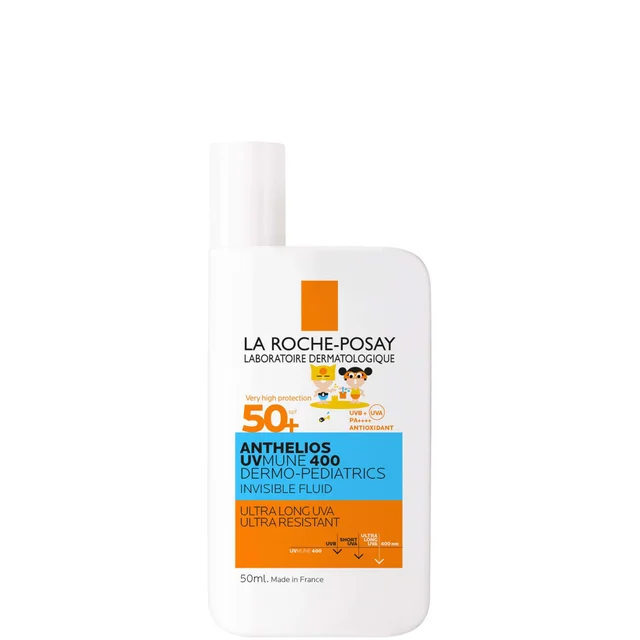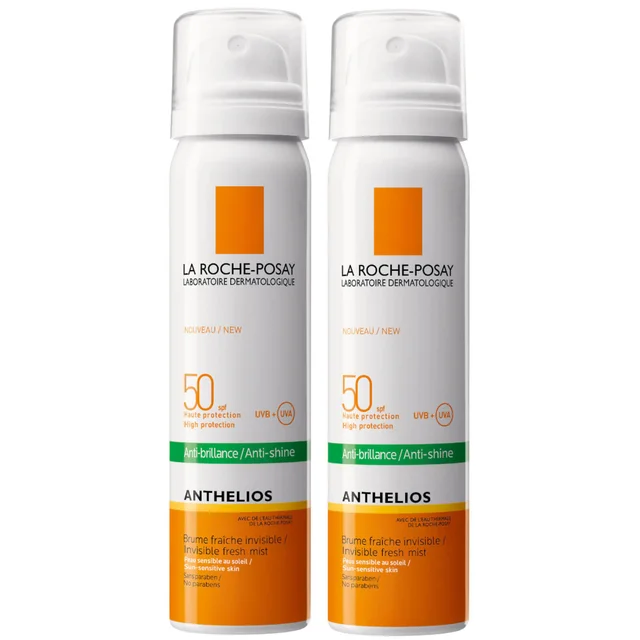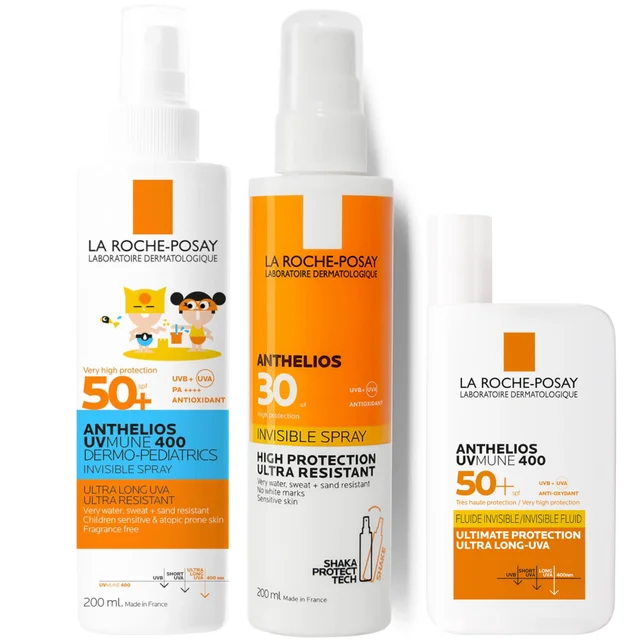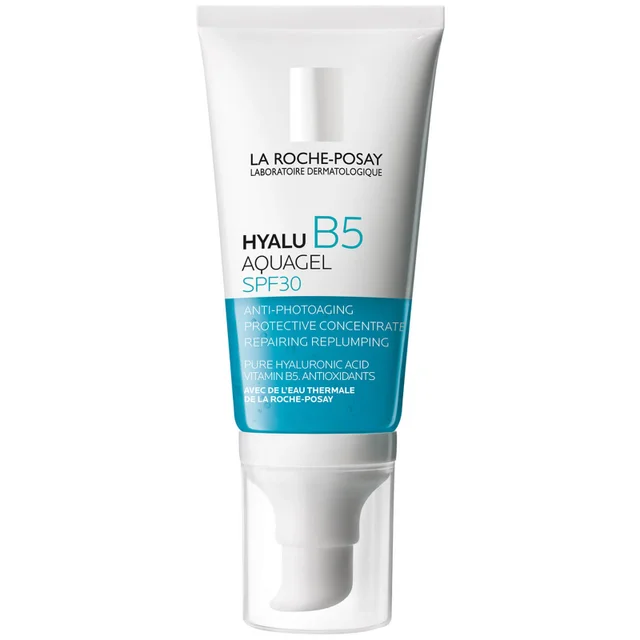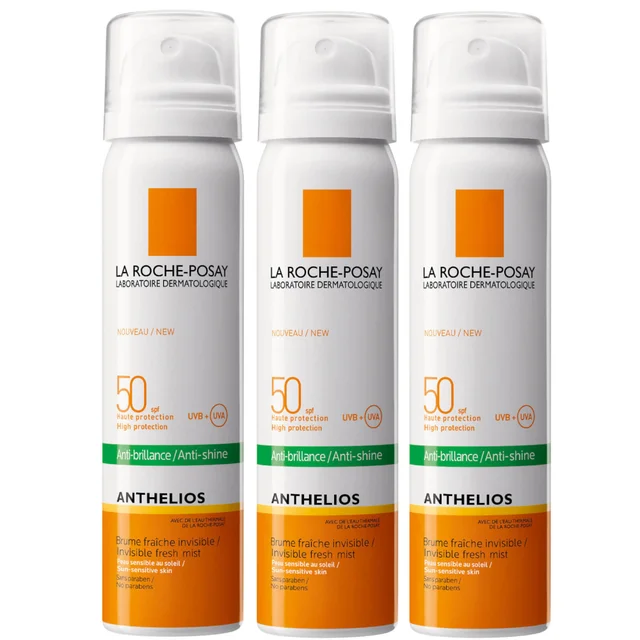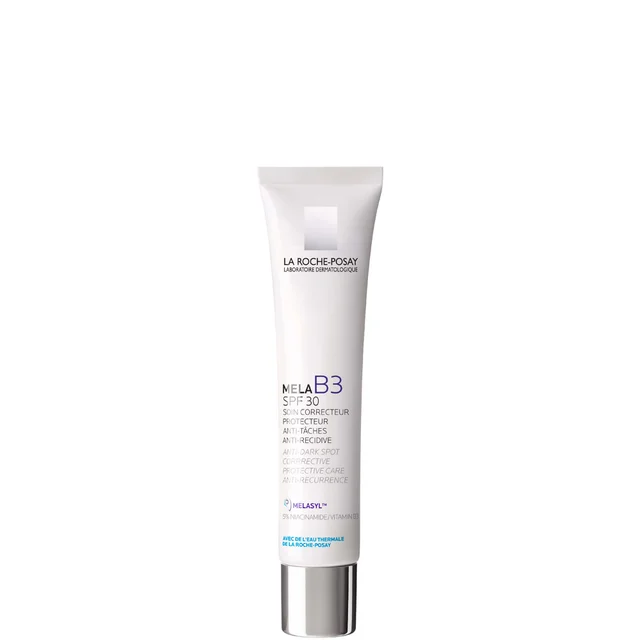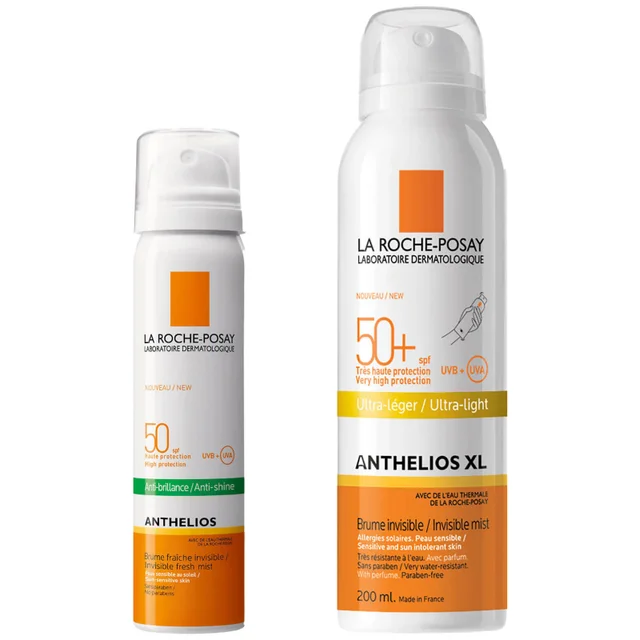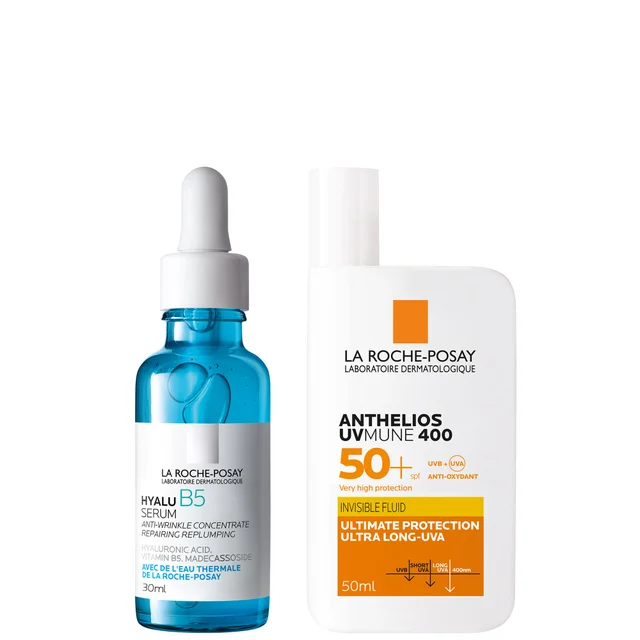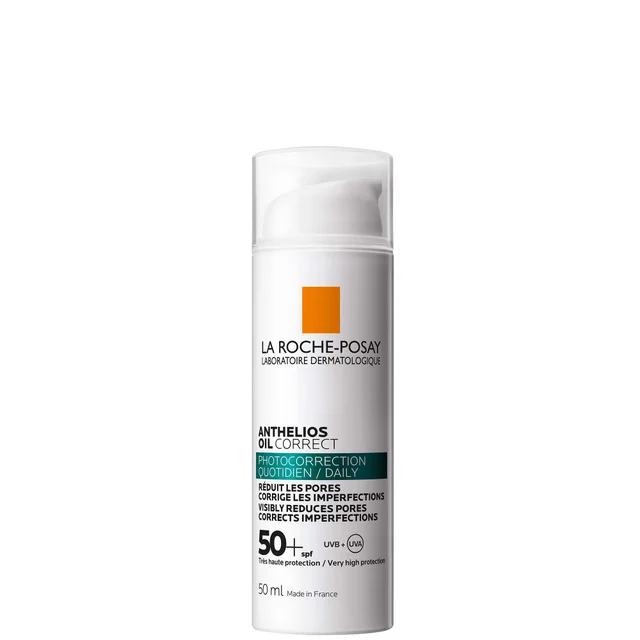Your La Roche-Posay Sunscreen FAQs Answered
Does La Roche-Posay sunscreen clog pores or cause breakouts?
La Roche-Posay sunscreens, like Anthelios, are non comedogenic, meaning they’re designed not to clog pores. Mineral formulas work best for acne prone skin, but some chemical options might feel heavier if your skin is oily. Always patch test to ensure it suits you.
How do I layer La Roche-Posay sunscreen with moisturisers?
Use La Roche-Posay sunscreen, such as Anthelios SPF50+, as your last morning step. Begin with a mild cleanser, then apply a serum like Hyalu B5, followed by a moisturiser such as Toleriane Sensitive. Let each product sink in for 1 to 2 minutes before adding sunscreen for smooth, even protection.
How long does La Roche-Posay sunscreen last?
La Roche-Posay sunscreens, like Anthelios, typically provide protection for about 2 hours under normal conditions. If you’re swimming, sweating, or towel drying, reapply every 40 to 80 minutes depending on the product’s water resistance label. Check the packaging for specific guidance to ensure continuous coverage.
Is La Roche-Posay sunscreen water based?
Many La Roche-Posay sunscreens, including Anthelios Ultra Light SPF50+, are water based, offering a lightweight feel ideal for oily or sensitive skin. However, some formulas, like Anthelios Mineral, may not be water based due to their mineral filters. Always check the product description for clarity.
Can I use La Roche-Posay sunscreen during pregnancy?
Yes, La Roche-Posay sunscreens, such as Anthelios Mineral SPF50+, are generally safe during pregnancy, especially mineral formulas with zinc oxide or titanium dioxide, which are physical blockers. They’re often recommended by dermatologists for sensitive skin. However, consult your doctor to ensure it aligns with your needs.








